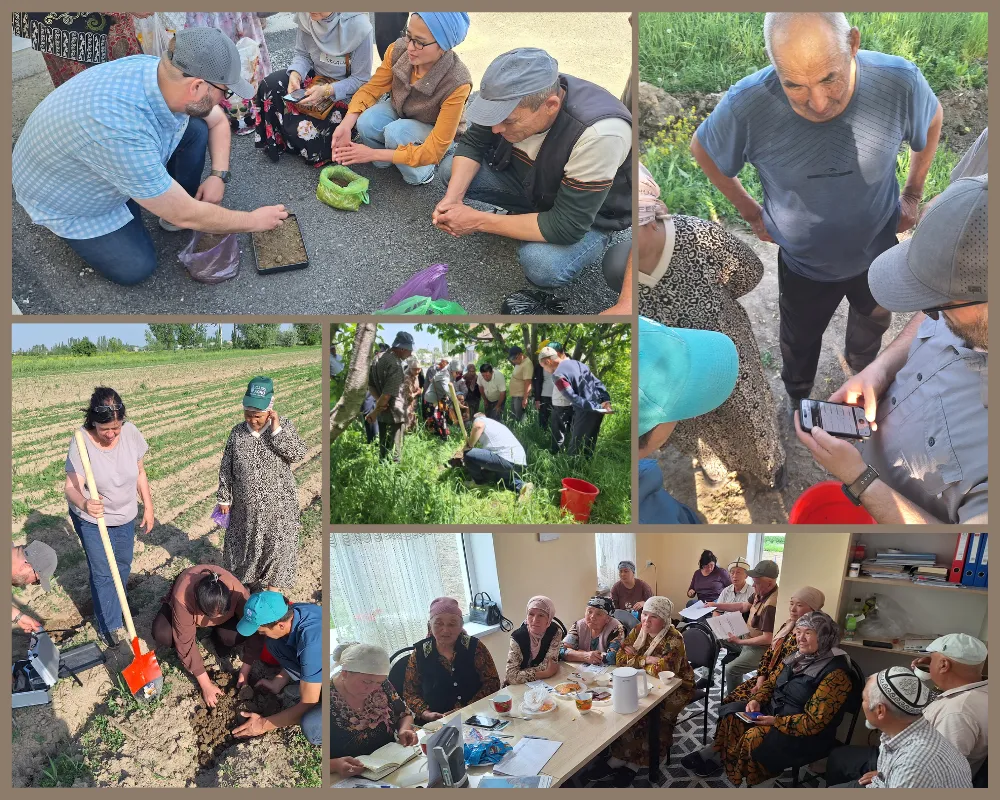
The Fergana Valley Agrocares Project | ReGen
The 300 km long Fergana valley is surrounded by the Tian Shan and Pamir-Alay mountains and irrigated by the Syr Darya River, making it one of Central Asia's most fertile regions. Though a single ecological unit, it’s divided by modern borders into three countries, Kyrgyzstan, Tajikistan, and Uzbekistan. Once a Silk Road corridor, it was part of Persian, Greek, Mogul, and Islamic empires, then absorbed by Russia and the Soviet Union until 1991.
Almost 75 years of Soviet maximal and short-sighted agriculture practices have degraded its arable soil. Irrigation systems have fallen into disrepair. Soil data has been lost. In the midst of this dire situation, beginning in 2013, with global and local support, we have worked in this region to restore hearts and lands.
Farmers cannot make good decisions without basic soil information, and currently, they have none. ReGen is addressing this gap by introducing the AgroCares Soil Scanner, a handheld device that links to a mobile app to provide on-the-spot insights into soil fertility. For the scanner to be reliable, baseline calibration samples must first be collected and analysed in Agrocares Gold Standard Soil Laboratory.
ReGen is funding this calibration across the valley in all three countries. Once complete, farmers will have access to accurate, low-cost soil data — empowering them to choose crops wisely, reduce input costs, and cultivate healthier land for generations to come.
